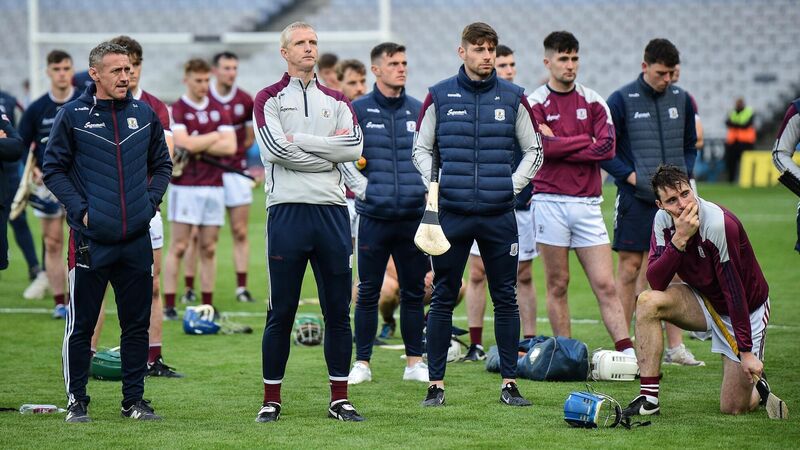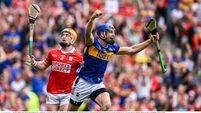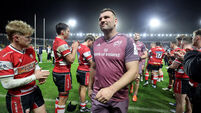Derek McGrath: Cork's blend of pace, guile and madness must be on point

Beware wounded animals: Galway have done reasonably well at disguising their biggest flaw, a distinct lack of pace in their defence. Pic: Ramsey Cardy/Sportsfile
The developed, primed and trained mind often flies in the face of populist opinion. As Lao Tzu observed, “when the effective leader is finished with his work, the people say it happened naturally”.
After a defeat for Clare, Cork, Wexford or Galway this weekend, the language will invariably rebound to the classics:









